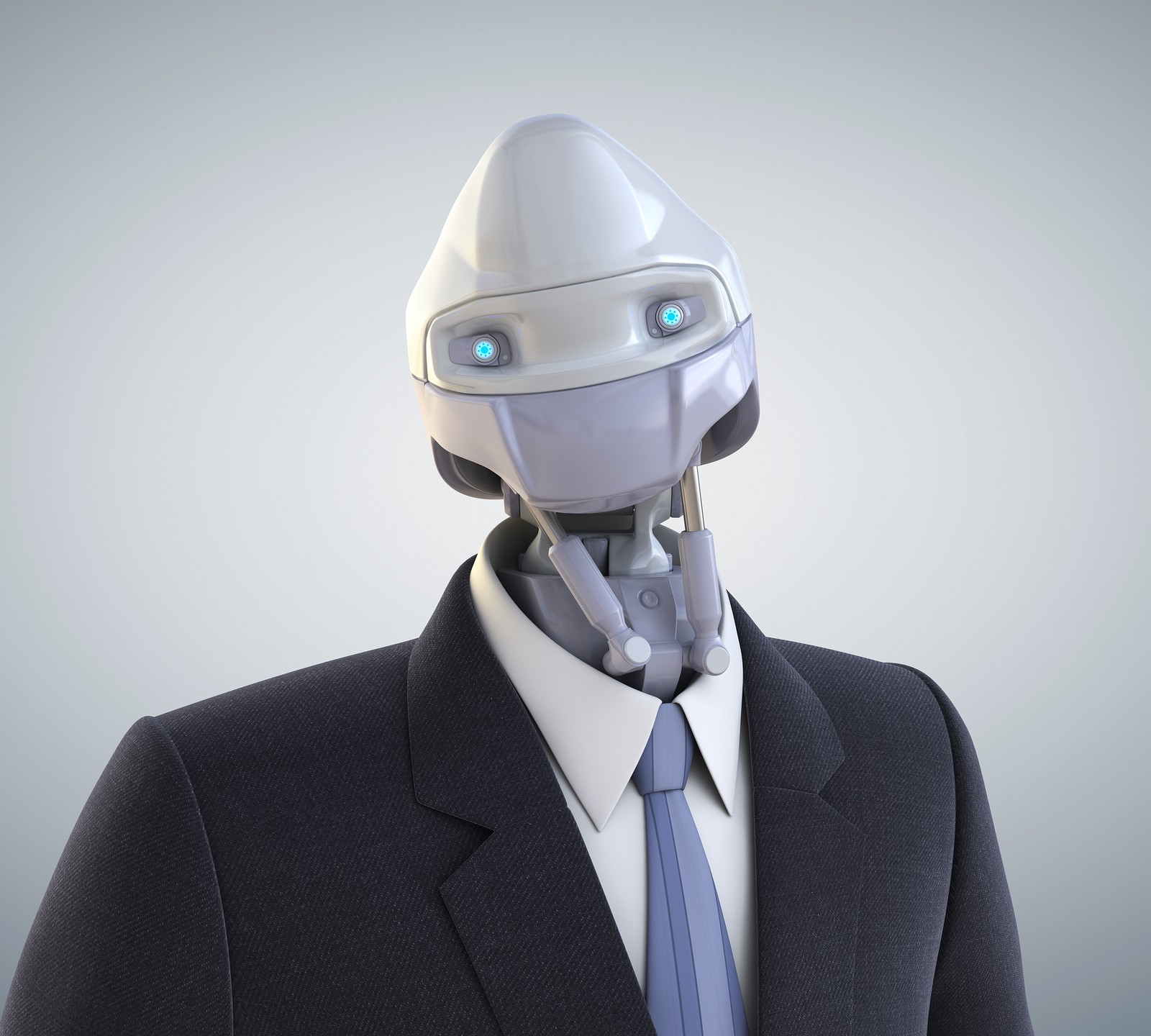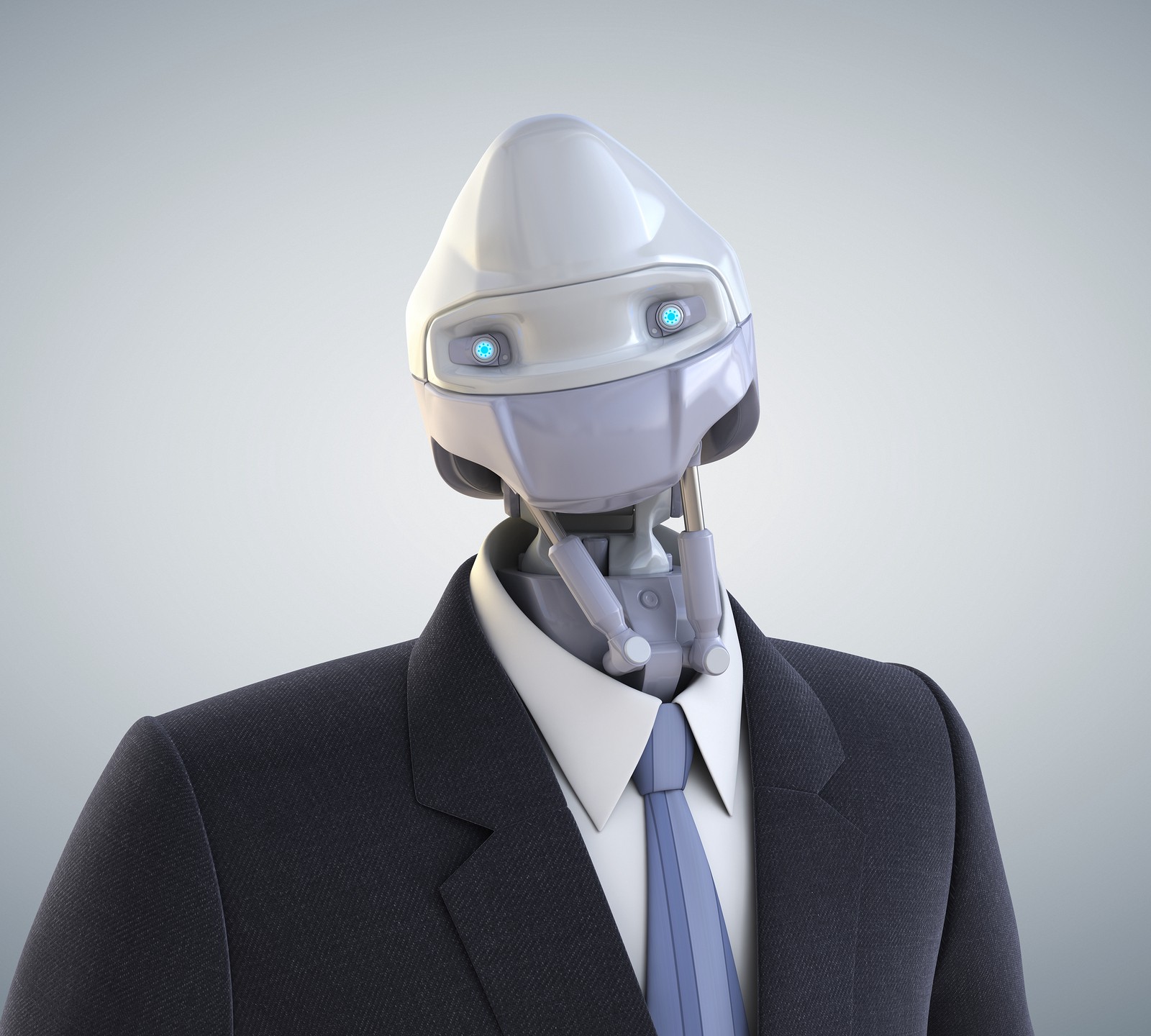So you want robotic workers, how to keep the humans from revolting!

December 12, 2015


Are you looking to use robots to enhance your current workforce? As we begin to look into bringing robotic workers into our facilities we have to consider the impact this decision has on our current workforce. There will be fears that they will be losing their jobs, their will be concerns over what the automation means for future wages and future jobs. These are all common and understandable fears and concerns of our human counterparts.
We can help to ease some of these concerns by helping our employees see their new robotic partners as just that, partners. Part of ensuring that happens is through the actions we take when we first bring in robotic workers. If we bring them in for the sole purpose of only replacing human workers than the fears will be justified and you will find that there will not be any assistance from the employees in “helping” your new robotic employees work all of the kinks out. If instead, you focus on the fact that competition is stiff and to continue to grow the business you have to look for new and innovative ways to operate the company and that the robots are here not to solely replace humans but to assist them in making a stronger, better company.
As an operations leader, I knew that I had begun to achieve a harmony between the existing workforce and the robots when they began to humanize the robots. This begins with something as simple as giving them a name. Something happens to humans when we begin to refer to non-human objects as human. Take our pets for instance, I know in our family that the dog and cat are part of the family and practically considered human, it does not hurt that we have given them quite human names, Angelo and Misty.
When we start referring to the new robot that is on the production line by his name, Bob for instance, it becomes hard to have contempt for them. Employees begin to want to see Bob do well in his new job, they cooperate with engineering to work the kinks out of the program, the embrace the work that Bob performs and shortly can’t imagine how we ever did this job before Bob showed up. It helps that we have Bob doing either a dangerous, dirty or just plain-ole boring job that no-one really wanted to do before but did grudgingly. We notice that Bob does this job with nary a complaint, doing it the same way each and every time, no matter how many hours he has already worked that day or that week. We begin to notice that Bob does not take a day off, he never calls in sick and always returns from break on time, heck he might even work straight through breaks and lunches while never complaining.
As you bring in your new robotic workforce remember, your human workers have fears and concerns. Do your best to help them to humanize your new workers and you may soon find that the humans are asking you when more robots will be coming to help them. That is when you know you have won the battle and now its just a matter of finding the right tasks for your new robotic workers.
If you would like to find out how you can begin to utilize robotic workers visit our FAQ.

